|
Edited by Frank R. Shaw, FSA Scot, Greater Atlanta, GA, USA
Email: jurascot@earthlink.net
Patrick Scott writes:
“This previously-unpublished talk about Tam o’ Shanter was one that Ross
Roy gave a number of times, always as far as I recall in a two
part-program along with a power-point talk we had developed about the
early editions of the poem in the Roy Collection. Ross wrote the talk
shortly after he had purchased one of the rare proof sheets or offprints
of the poem that Burns presented to friends and patrons. Towards the end
of the talk Ross describes the proof sheet, and the annotation on it
made by its recipient, the Scottish judge Alexander Fraser Tytler. The
version of the talk given here is from a typescript marked for reading
at the Atlanta Burns Club in December 2003, but Ross also spoke on the
same topic for a special Burns session at the Eighteenth-Century
Scottish Studies Society meeting in Charleston, SC, April 2003, and
again more informally at the Charles Bascombe Shaw Scottish Heritage
Symposium at St. Andrew’s College, Laurinburg, North Carolina, in March
2005. He never revised the talk for publication, perhaps because he had
written about the poem more extensively in 1979 for his edition of the
Alloway Manuscript in his Scottish Poetry Reprint Series. Much of the
talk was deliberately introductory, covering background material about
the poem that, in Ross Roy’s words, ‘was already known and available to
the searcher.’ The final section, however, contains his first discussion
of Tytler’s annotation, and it seems worth rescuing, as the issues it
raises have since been discussed more fully by other scholars.”
Tam o’ Shanter:
A Talk at the Atlanta Burns Club, December 3, 2003
by
G. Ross Roy
Robert Burns grew up at a
time when there was widespread belief in the supernatural in rural
Scotland, and from what he had heard as a child and his own creative
genius he produced an immortal poem. “Tam o’ Shanter” has been classed,
along with Scott's “Wandering Willie's Tale” and Stevenson's “Thrawn
Janet” and “The Tale of Tod Lapraik,” as one of four great tales of
diablerie in Scottish literature.
In his famous
autobiographical letter to Dr. John Moore of August 1787, Burns mentions
a maid of his mother's who as “remarkable for her ignorance, credulity
and superstition” and who had: “the largest collection in the country of
tales and songs concerning devils, ghosts, fairies, brownies, witches,
warlocks, spunkies, kelpies, elf-candles, dead-lights, wraits,
apparitions, cantraips, giants, inchanted towers, dragons and other
trumpery.—This ... had so strong an effect on my imagination, that to
this hour, in my nocturnal rambles, I sometimes keep a sharp look-out in
suspicious places; and though nobody can be more sceptical in these
matters than I, yet it often takes an effort of Philosophy to shake off
these idle terrors” (Letters, I: 135). Of course Burns was writing with
tongue in cheek, but the fact that he mentions these matters shows that
he had the supernatural in his mind almost three years before he wrote
his masterpiece.
There is a long history
of witch, and to a lesser extent warlock, trials in Scotland, and while
Americans tend to think of the Salem trials, the last person to be put
to death as a witch in Scotland was in the early eighteenth century. The
last European to be put to death was in Germany in the 1770s. Unlike the
fairies of other societies the supernatural beings of Scotland all mean
harm to humans; among them one finds goblins, brownies, spunkies,
kelpies and banshees. All of the spirit beings are allied with Satan,
who himself looms large in Scottish folklore.
When Burns met Captain Francis Grose (1731-91) in 1789, the latter was
already known as the author and illustrator of the six-volume
Antiquities of England and Wales (1773-1787). Burns mentioned to his
friend Mrs. Frances Dunlop in July of 1789 that Grose was gathering
materials for the Antiquities of Scotland, which were to appear in two
volumes, in 1789 and 1791 (Fig. 1). Burns wrote about Grose: “As he has
made his headquarters with Captn. Riddell, my nearest neighbour, for
these two months, I am intimately acquainted with him.... I have to the
best of my recollection of the old buildings ... in the County, given
him an Itinerary thro’ Ayr-shire” (Letters, I: 423).
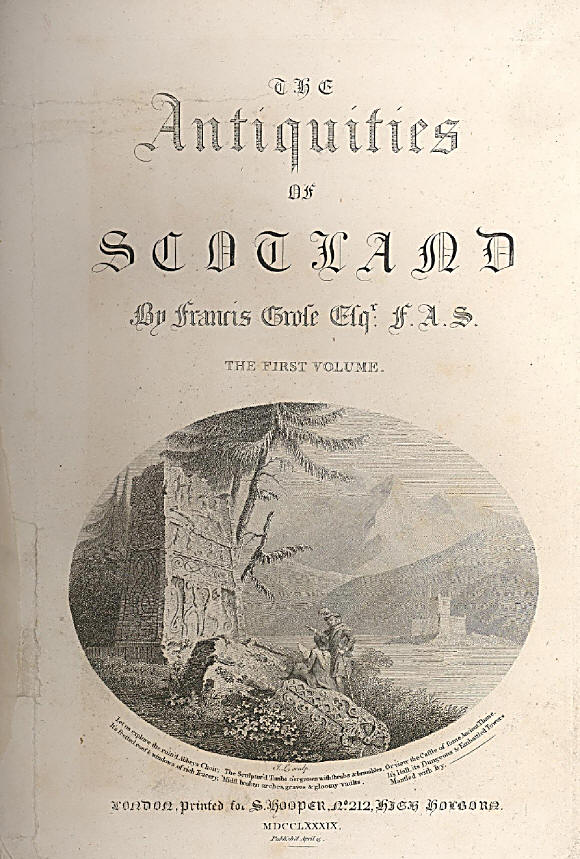
Fig. 1: Francis Grose, The Antiquities of Scotland (1789-1791).
Obviously one of the
places Burns mentioned was Alloway Kirk, and about a year later he wrote
to Grose, opening his letter: “Among the many Witch Stories I have heard
relating to Aloway Kirk, I distinctly remember only two or three.” The
poet then gives Grose details of three traditional tales about the Kirk,
and he introduces one of them thus: “Another story which I can prove to
be equally authentic was as follows: On a market day in the town of Ayr,
a farmer from Carrick, and consequently whose way lay by the very gate
of Aloway kirk-yard, in order to cross the river Doon at the old bridge,
which is about two or three hundred yards further on than the said gate,
had been detained by his business, till by the time he reached Aloway,
it was the wizard hour, between night and morning. Though he was
terrified, with a blaze streaming from the kirk, yet as it is a
well-known fact that to turn back on these occasions is running by far
the greatest risk of mischief, he prudently advanced on his road. When
he had reached the gate of the kirk-yard, he was surprised and
entertained, through the ribs and arches of an old gothic window which
still faces the highway, to see a dance of witches merrily footing it
round their old sooty blackguard master, who was keeping them all alive
with the powers of his bag-pipe. The farmer, stopping his horse to
observe them a little, could plainly descry the faces of many old women
of his acquaintance and neighbourhood. How the gentleman was dressed,
tradition does not say; but the ladies were all in their smocks: and one
of them happening unluckily to have a smock which was considerably too
short to answer all the purpose of that piece of dress, our farmer was
so tickled that he involuntarily burst out, with a loud laugh, ‘Weel
luppen, Maggy wi' the short sark!’ and recollecting himself, instantly
spurred his horse to the top of his speed. I need not mention the
universally known fact, that no diabolical power can pursue you beyond
the middle of a running stream. Lucky it was for the poor farmer that
the river Doon was so near, for notwithstanding the speed of his horse,
which was a good one, against he reached the middle of the arch of the
bridge, and consequently the middle of the stream, the pursuing,
vengeful, hags were so close at his heels, that one of them actually
sprung to seize him; but it was too late, nothing was on her side of the
stream but the horse’s tail, which immediately gave way to her infernal
grip, as if blasted by a stroke of lightning; but the farmer was beyond
her reach. However, the unsightly, tailless condition of the vigorous
steed was to the last hour of the noble creature’s life, an awful
warning to the Carrick farmers, not to stay too late in Ayr markets.”
Under the guiding genius
of Burns this “authentic” tale was to become “Tam o’ Shanter,” and was
to accompany Grose’s illustration of Alloway Kirk in the second volume
of The Antiquities of Scotland (Fig. 2). According to the poet's brother
Gilbert in a letter of April 2, 1798, to James Currie, written when the
latter was preparing his posthumous Works of Robert Burns: “Robert
requested of Captain Grose, when he should come to Ayrshire, that he
would make a drawing of Alloway-Kirk, as it was the burial-place of his
father, and where he himself had a sort of claim to lay down his bones,
when they should be no longer serviceable to him; and added, by way of
encouragement, that it was the scene of many a good story of witches and
apparitions, of which he knew the Captain was very fond. The captain
agreed to the request, provided the poet would furnish a witch-story, to
be printed along with it.”
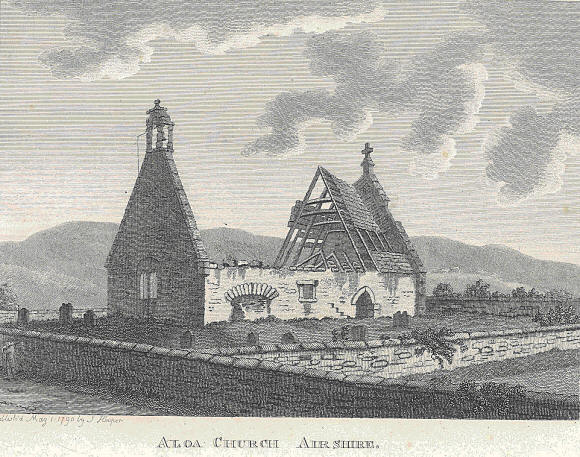
Fig. 2: Alloway Kirk, from Grose’s Antiquities of Scotland (1791).
“Tam o’ Shanter” was
completed and mailed to Grose on December 1, 1790, with the following
comment: “Inclosed is one of the Aloway-kirk Stories, done in Scots
verse.—Should you think it worthy a place in your Scots Antiquities, it
will lengthen not a little the altitude of my Muse’s pride.—If you do me
the honor to print it, I am afraid it will be impossible to transmit me
the Proof-Sheets, otherwise I should like to see them” (Letters, II:
62-3).
We do not know whether
Burns received proof sheets, but we do know that Alexander Fraser Tytler
got a set. Tytler was Judge-Advocate of Scotland at this time, and he
wrote to Burns on March 12, 1791, saying that the Edinburgh bookseller
Peter Hill had given him a proof-sheet of the poem. “I have seldom in my
life,” he wrote, “tasted of higher enjoyment ... from any work of
genius, than I have received from this composition.”
Tytler continues: “In the
introductory part where you paint the character of your hero, and
exhibit him at the alehouse ingle, with his tippling cronies, you have
delineated nature, with a humour and naivete, that would do honour to
Matthew Prior; but when you describe the unfortunate orgies of the
witches’ Sabbath, and the hellish scenery in which they are exhibited,
you display a power of imagination that Shakespeare himself could not
have exceeded.”
Tytler goes on to mention
certain passages in the poem, but raises the following objection: “And
here, after the two following lines (“Wi’ mair o’ horrible and awfu’,”
&c.), the descriptive part might perhaps have been better closed, than
the four lines which succeed, which, though good in themselves, yet as
they derive all their merit from the satire they contain, are here
rather misplaced among the circumstances of pure horror. The initiation
of the young witch is most happily described—the effect of her charms
exhibited in the dance on Satan himself—the apostrophe—“Ah little
thought thy reverend graunie!”—the transport of Tam, who forgets his
situation, and enters completely into the spirit of the scene, are all
features of high merit, in this excellent composition. The only fault it
possesses, is, that the winding up, or conclusion of the story, is not
commensurate to the interest which is excited by the descriptive and
characteristic painting of the preceding parts.—The preparation is fine,
but the result is not adequate.”
In April Burns replied to
Tytler, saying in part: “As to the faults you detected in the piece,
they are truly there: one of them, the hit at the lawyer and priest, I
shall cut out” (Letters, II: 85). And when the next edition of Poems,
Chiefly in the Scottish Dialect was called for in 1793, the first in
which Burns would include “Tam o’ Shanter,” the four lines had been
removed. Burns valued Fraser Tytler's opinion, and in December of 1792
he sent an additional package of manuscripts to him for possible
inclusion in the upcoming edition. He also says, “I am much indebted to
you for taking the trouble of correcting the Press-work.” One might
think from this that Burns had left Tytler to read proof on the edition,
but this is probably not so, because we do know that Burns read proof
for the 1794 reissue of the edition, and I would expect that if he went
to the trouble of proof-reading a reissue he would certainly have read
proof on the original issue. Burns was justly proud of “Tam o’ Shanter”
as we see from a letter to Mrs. Dunlop commenting on his second son
Francis Wallace Burns. “I look on your little Namesake,” he wrote, “to
be my chef d'oeuvre in that species of manufacture, as I look on ‘Tam o’
Shanter’ to be my standard performance in the Poetical line” (Letters,
II: 83).
What I have recounted so
far was already known and available to the searcher. Recently, however,
Fraser Tytler's proofsheet turned up at auction, and I was able to
procure it (Fig. 3).
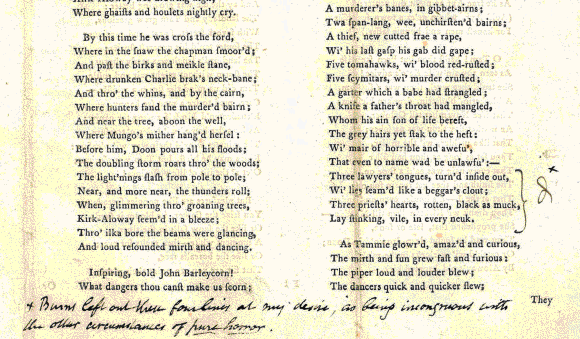
Fig. 3. Page 2 from the “Tam o’ Shanter” proof sheet, with Tytler’s
annotation
The G. Ross Roy Collection, University of South Carolina Libraries
The four lines to which
Tytler referred in his letter to Burns go as follows:
Three lawyers’ tongues,
turn’d inside out,
Wi’ lies seam’d like a beggar’s clout;
Three priests’ hearts, rotten, black as muck,
Lay stinking, vile, in every neuk.
These have been bracketed
by Tytler, and the following note added at the bottom of the page:
“Burns left out these four lines at my desire, as being incongruous with
the other occurrences of pure horror.” This note, it would appear, was
written after the publication of the poem in Grose's Antiquities,
because the lines appear in that publication. The lines do not, however,
appear in the 1793 two-volume set of Burns’s poems (Fig. 4), suggesting
that Tytler's proof sheet was endorsed after that date.
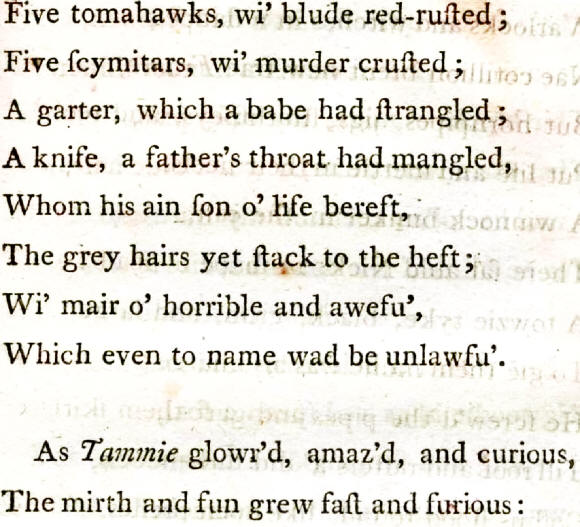
Fig. 4: from Poems, 2 vols. (Edinburgh,
1793), II:203.
I had always thought that
the four lines which Tytler had encouraged Burns to drop should have
come before the couplet “Wi mair of horrible and aweful / Which even to
name wad be unlawful,” because these lines make a closure to the
catalogue which Burns has been going through. Coming after the couplet,
it appeared to me that the narrator was, in fact, doing something “unlawfu.”
Certainly the manuscript
copies of the poem which contain the four lines place them after the
couplet. Imagine my surprise when I was looking through early printed
copies of “Tam o' Shanter” to discover that the two-volume Alnwick
edition of 1808 with woodcuts by Thomas Bewick had indeed included the
four lines before the couplet (Fig. 5):
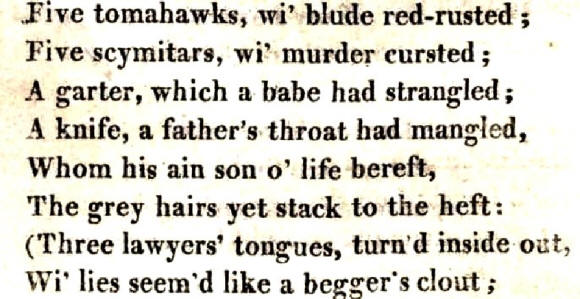
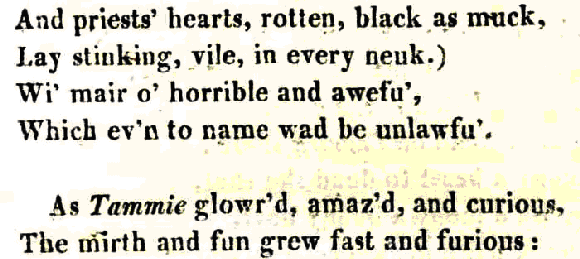
Fig. 5: from Poetical Works of Robert Burns, 2 vols. (Alnwick, 1808),
II: 16-17
Thinking that this might
have been corrected in later Alnwick reprints, I checked them all, and
the lines are in that order in all of them. Even in an 1828 single
volume the lines are all there, and in what seems to be in their most
logical sequence. Interesting though these speculations may be, with or
without these four lines, or where they appear in the poem, “Tam o’
Shanter” remains one of the glories of Scottish literature.
Note: This talk is
published on Robert Burns Lives! with the approval of Ross Roy’s
literary executor, and it should not be further reproduced without
permission.
An Afterword from Frank
Shaw, Editor
Robert Burns Lives!
This is probably the
first time I have not written an introduction for an article which has
appeared on our website covering over 200 chapters, and it’s for a very
good reason. Since I was not inclined to write my own thoughts on Ross
Roy and his Tam o’ Shanter article, I have taken it upon myself to write
an Afterword note on Patrick, Ross, and Tam which is quite a threesome.
I doubt seriously any man alive today knows more about “our” beloved G.
Ross Roy’s work than Patrick Scott. Hopefully there will be many more
articles published bearing Ross’s name in various academic journals. If
you are unaware that Patrick Scott now has his own website, I am
providing a link for you to follow him –
http://works.bepress.com/patrick_scott. I want to personally thank
Patrick for suggesting this article be considered for a new chapter in
our Robert Burns Lives! pages.
As I read through parts of Patrick’s website, I could not help but think
about a man who recently retired but who has remained as busy as a
gamecock working on various projects such as his website and the
publishing up to this point (with colleague Tony Jarrells) of five
volumes of Studies in Scottish Literature. I smiled because both tasks
could easily be full-time jobs. (FRS: 2.26.15)
|

